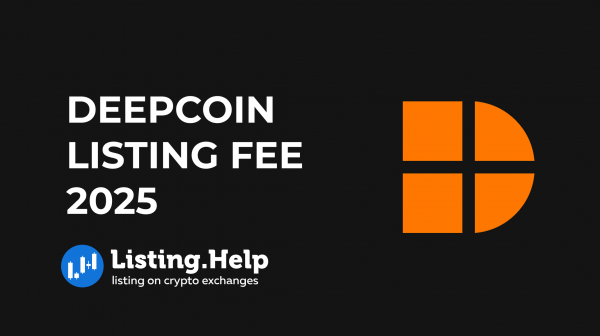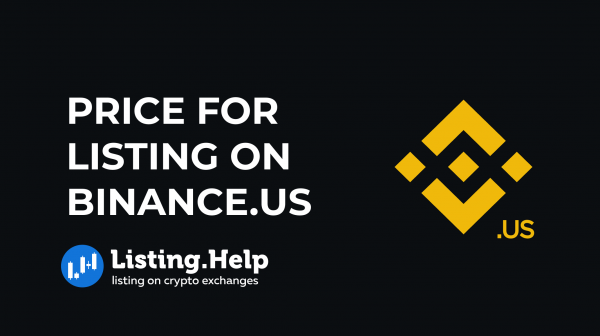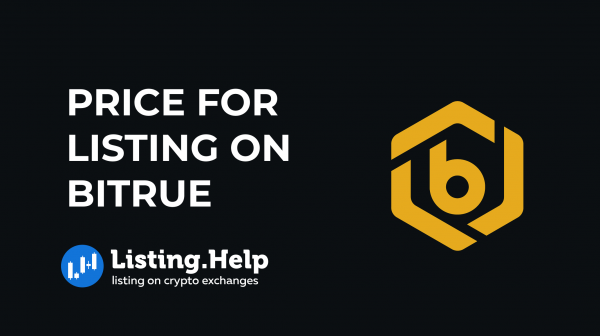What Are ARC-20 Tokens?
 May 21, 2024
May 21, 2024 Updated: January 27 2025, 06:50
Updated: January 27 2025, 06:50
LEAVE A REQUEST
Launching your own token project? Our experts are ready to help with listing on exchanges, market making, marketing and other solutions
SUBMIT APPLICATIONThe Atomicals protocol has introduced a new method for creating and managing digital assets, providing a straightforward and effective way to represent ownership within the Bitcoin ecosystem. Although ARC-20 tokens are based on this protocol, they were developed independently by the community. In this article, we will look at the Atomicals Protocol and the basic concepts behind ARC-20 tokens.
What Is the Atomicals Protocol?
Atomicals is a free, open-source protocol designed for creating digital objects on Bitcoin or any other blockchain using the UTXO model. Each digital object, known as an “Atomical” or “atom,” consists of a chain of digital ownership governed by a set of simple rules.
This protocol enables the minting, transfer, and updating of various digital objects, whether they are static or dynamic, including both fungible and non-fungible tokens (NFTs). Atoms are created through Bitcoin transactions, and the protocol works with any Bitcoin wallet without needing separate chains, layer 2 networks, or third-party services.
What Is an ARC Token?
To understand ARC tokens, let’s take a step back. Ethereum introduced fungible tokens with its ERC-20 standard, leading to the creation of major tokens like UNI and SHIB. Various smart contract platforms now support fungible tokens, such as Solana’s SLP and Binance’s BEP-20. Bitcoin’s limited smart contract capabilities initially made token creation challenging. However, developers devised innovative methods to represent digital assets on Bitcoin’s blockchain, like colored coins.
Colored coins attribute specific properties to bitcoin units, enabling them to function as fungible or non-fungible tokens. This concept allowed for Bitcoin-based tokens by “coloring” specific bitcoins for different uses.
This is where ARC-20 tokens come into play. Imagine ARC-20 tokens as chocolates in a box, each with a unique colored wrapper representing a different flavor. Similarly, ARC-20 tokens are created by “coloring” satoshis, the smallest units of bitcoin, to signify unique and tradeable tokens on the Bitcoin blockchain.
These colored satoshis can represent various assets, such as company shares, gold certificates, or loyalty points.
In essence, the ARC-20 standard creates colored coins on Bitcoin’s blockchain by linking tokens to satoshis. Each token is backed by a satoshi, giving it inherent value. ARC-20 tokens have a minimum value of 1 satoshi and use Bitcoin’s native satoshi units for divisibility and combination. Anyone can issue ARC-20 tokens to any Bitcoin address using UTXO-supporting wallets. Deployment methods include direct issuance or decentralized governance. An integrated ticker symbol service provides distinct names for each token.
Atomicals are created through Bitcoin transactions, which can mint either ARC-20 tokens or NFT realms containing metadata. For instance, a realm might hold a profile with social media and website details, offering a permanent online identity. However, opinions differ on whether this enhancement is a brilliant innovation or an unnecessary complication. Some argue that while ARC-20 tokens enhance Bitcoin, they might detract from its core purpose and performance.
How Does ARC-20 Work?
Unlike standard NFTs, which are fixed and unchangeable, Atomicals introduces updatable NFTs and tokens. These assets can be modified by linking a series of “revised” transactions, instead of being minted once and remaining unchanged.
Imagine it as a collaborative document that can be edited continuously but is built on Bitcoin’s blockchain. Any updates to your Atomical NFT or token are recorded as new transactions that append to the existing data.
This process allows for the creation of mutable assets with a documented history of changes. The protocol tracks these revisions in chronological order, enabling dynamic NFTs and tokens while still benefiting from Bitcoin’s security and permanence.
The significant innovation here is the ability to work around the blockchain’s inherent immutability by agreeing on how to interpret this series of transactions as a single, evolving entity. This shared understanding allows the community to view the linked transactions as revisions of the same token, rather than separate, unrelated transactions.
BRC-20 and ARC-20: Differences and Potential Synergy
BRC-20, short for Bitcoin Request for Comment, is a token standard designed to create fungible tokens on the Bitcoin network, similar to Ethereum’s ERC-20.
BRC-20 enables developers to create customized tokens that can be easily traded on the Bitcoin blockchain. These tokens are interoperable with Bitcoin thanks to the Ordinals protocol.
Ordinals add extra metadata to Bitcoin’s satoshis, defining token properties like value, ownership, and expiration date. This process effectively “colors” the satoshis into fungible tokens.
BRC-20 introduced Ethereum-style tokens to Bitcoin, leveraging Bitcoin’s security and longevity to potentially represent real-world assets.
The appeal of BRC-20 tokens partly comes from a feature known as “fair mints,” which require a Bitcoin transaction to participate in limited token distributions. However, wealthier users can still gain an advantage by staking multiple claims and paying miners for priority.
To address this, Atomicals introduced GPU Mineable Tokens, where minting tokens now requires actual proof of work, not just a transaction fee. Users must perform computational hashing with a CPU or GPU miner and submit the proof as part of the minting transaction.
This proof of work requirement ensures true scarcity and fairness, as obtaining a token now requires expending tangible computing resources, not just money. This levels the playing field by necessitating energy and hardware, making minting accessible to more than just the wealthy.
By tying minting to meaningful computation, Atomicals shifts from “pay-to-mint” lotteries to a more equitable distribution rooted in proof of work. The tokens thus become representations of expended effort.
While BRC-20 tokens are fungible and useful for decentralized apps, ARC-20 tokens represent tangible asset ownership. Combining these two protocols could unlock new opportunities for decentralized financial tools, streamline property transfers, and enhance blockchain network efficiency. Whether they will truly transform the blockchain ecosystem or simply add another layer of complexity remains to be seen.
Atomicals vs. Ordinals
While Atomicals and the Ordinals protocol share similarities, each serves different purposes and strengths. According to the official Atomicals documentation, it was designed to complement Ordinals and other existing protocols.
One significant difference is how data is handled. Ordinals store a single file upon minting, whereas Atomicals can store multiple files. This allows for greater flexibility in the types of digital assets that can be created and managed.
Both protocols use P2TR (Taproot) addresses, but their usage differs. Atomicals require these addresses only for minting and updates, while Ordinals require them for all activities, including minting and transfers. Additionally, Atomicals includes a built-in ticker name service and “Realms” as NFTs, which can represent domain names and digital identities.
Another important distinction is the prevention of miner fee misuse in the Atomicals protocol. Its design ensures that tokens cannot be mistakenly used as miner fees. This makes it easier to verify that ownership has been correctly transferred without relying on third-party indexers.
In summary, while both protocols have their own unique features and use cases, Atomicals aims to provide a more streamlined and secure way to create and manage digital assets on the Bitcoin blockchain.
Why ARC-20 Tokens Matter
ARC-20 tokens provide a standardized method for indexing and managing tokens, simplifying the creation and transfer of digital assets within the Bitcoin ecosystem. By bridging the gap between tokenized assets and Bitcoin’s native currency, ARC-20 tokens open up new opportunities for decentralized finance (DeFi) and asset tokenization.

For more insights and updates, visit our blog at https://listing.help/blog.




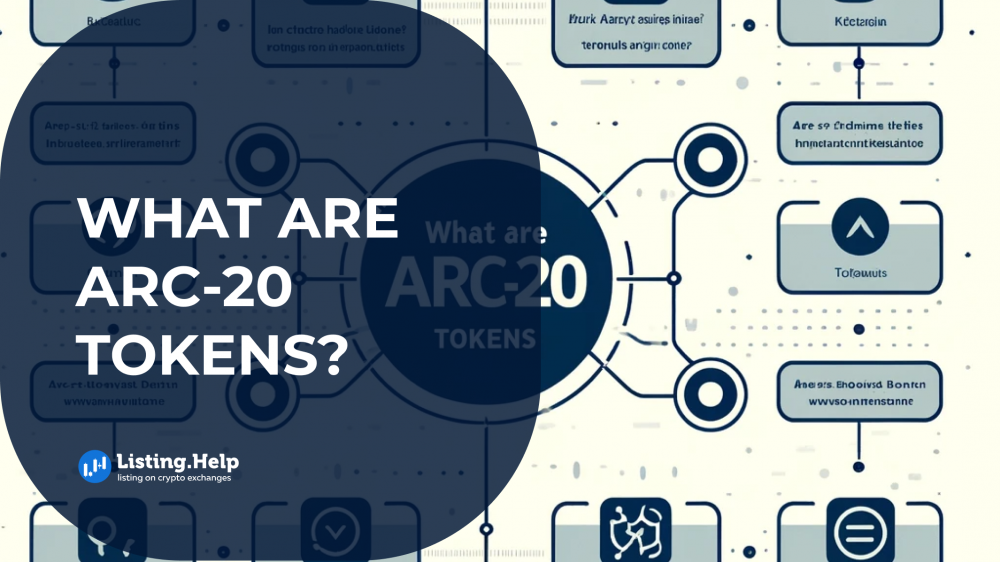

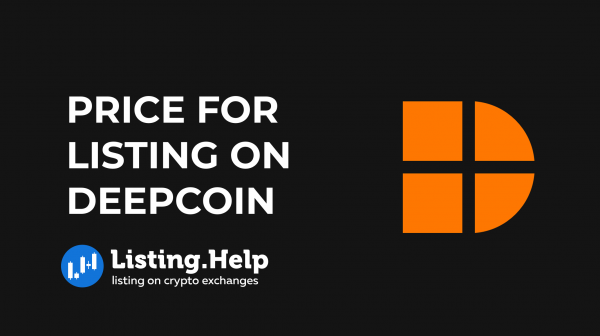
 November 10, 2025
November 10, 2025 